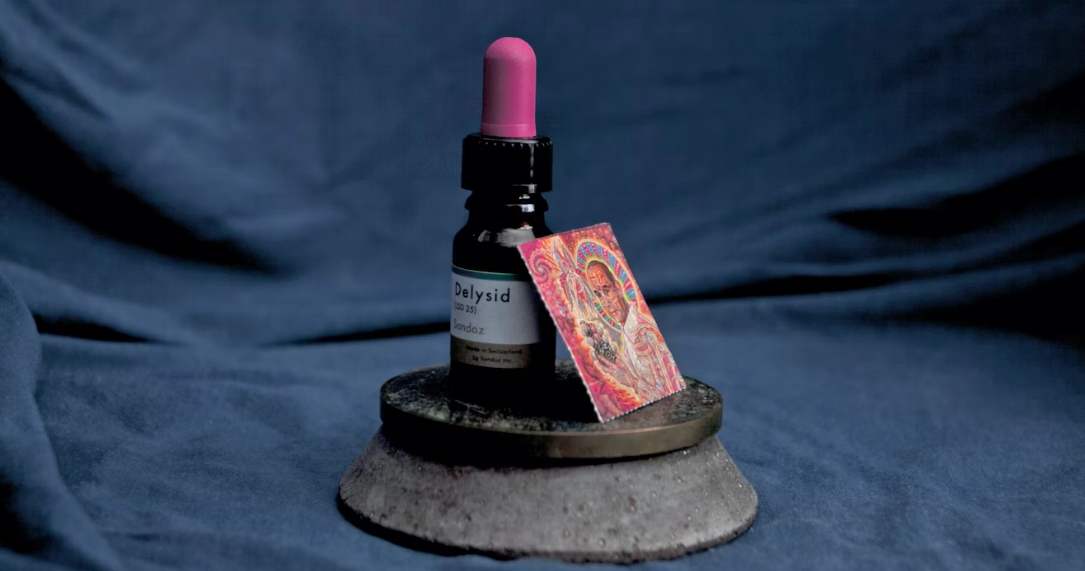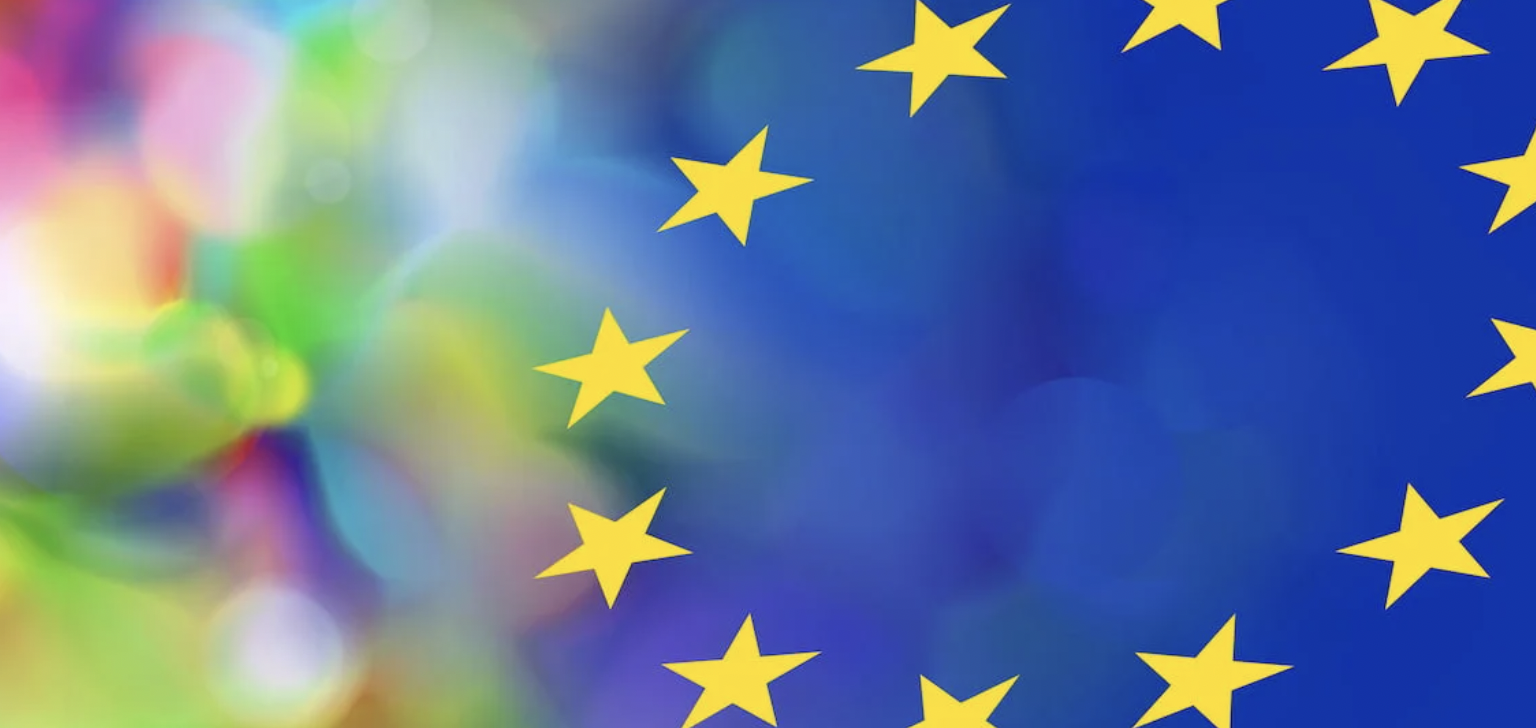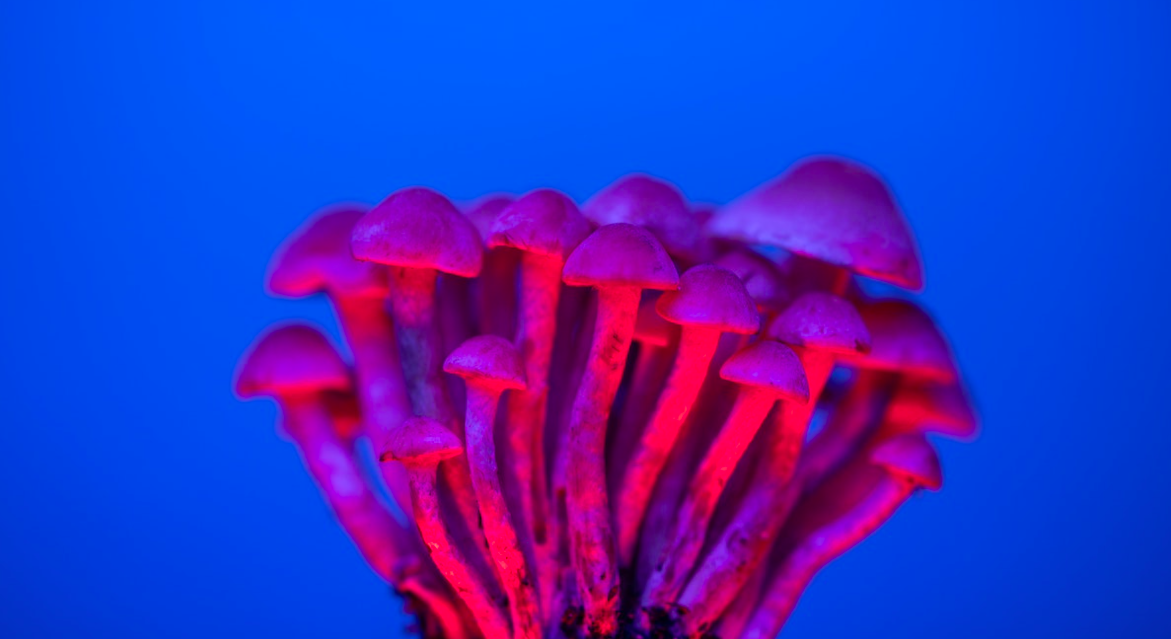
On 19 April 1943, eighty years ago today, Albert Hofmann intentionally consumed LSD, marking the first recorded experience with the psychedelic medicine.
Hofmann synthesised LSD-25 in 1936 while researching stimulants and ergot’s impact on the cardiovascular system. It wasn’t until seven years later, however, that he became aware of its psychoactive properties – through accidental exposure.
When Hofmann purposely drank 250μg of LSD, diluted in water, he soon found himself intoxicated and asked his assistant to escort him home.
The hallucinations intensified on the bicycle ride from the laboratory, with the event later eternalised within the counterculture community as ‘bicycle day’.
The fortuitous discovery of LSD instigated a period of intensive research into the efficacy of psychedelic compounds in psychiatry, including their interactions with neurotransmitters.
Lysergic acid diethylamide is a synthetic serotonergic psychedelic. It binds to both serotonin and dopamine receptors, in key contrast to psilocybin, and its effects are noticeable at dosages measured in the millionths of a gram.
Studies throughout the fifties and sixties resulted in over 1,000 scientific papers on the potential applications of LSD-25. Trials were conducted to study the effect on alcohol dependence, autism and schizophrenia, but due to the lack of control groups and ethical review boards much of the data generated fails to reach today’s standards of objectivity.
In response to a rise in recreational use, the states of California and Nevada banned the manufacture, sale and consumption of LSD. This was reinforced nationwide by the Staggers-Dodd Bill of 1968, which prohibited possession of LSD and other stimulants and depressants without a prescription.
Abuse of the compound was indicted as public enemy number one by President Nixon in his infamous War on Drugs speech. This influenced the UN’s publication of the 1971 Convention on Psychotropic Substances, which made psychedelic medicines including LSD, DMT and MDMA internationally controlled substances. This largely stopped research on LSD’s medical potential until the end of the 20th century.
Although less intensely studied since then, LSD has played a pivotal role in psychedelic research and the discovery of serotonin receptors in the brain. In the current era of research, over 20 clinical trials have been conducted with LSD.
At last year’s sold-out PSYCH Symposium, MindMed collaborators from University Hospital Basel, Professor Matthias Liechti and Dr Friederike Holze, released topline data from the largest-ever commercial trial with LSD.
In a study of 500 patients with anxiety disorders, 65% saw anxiety levels reduced by over 30%. It has been the first study to show significant lasting effects of a psychedelic medicine, with LSD producing fast and long-lasting reductions in anxiety and depression symptoms up to 16 weeks post-treatment.
Studies have found that people who lack copies of the Cytochrome P450 gene, which codes for an enzyme that breaks down LSD, had up to 75% more exposure to the psychedelic medicine in their blood plasma levels. These individuals had more intense and longer-lasting LSD experiences, with conclusions from genetic data leading to the development of personalised dosing.
In the UK at Imperial College London, the Centre for Psychedelic Research has been established with £3 million in capital. Researchers from the group previously studied the effects of LSD on brain activity, and will now investigate the potential of psychedelic medicines to treat mental health disorders.
For more information on psychedelic medicines and their therapeutic potential, download a complimentary copy of The Psychedelics as Medicine Report: Fourth Edition.


